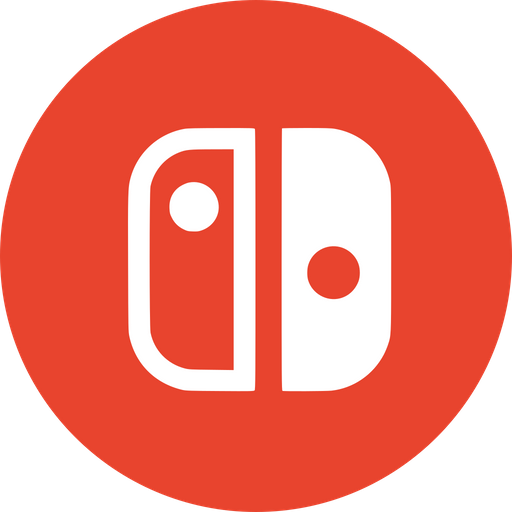I’ll ask a no stupid question back: you did open the socket, right? With the lil clip beside it?
- 0 Posts
- 34 Comments

 372·6 days ago
372·6 days agoDev is a messy playground several months behind prod

 5·3 months ago
5·3 months agoOr better yet, New New New York’s!

 14·3 months ago
14·3 months agoI’m fairly certain there’s a Futurama episode on this topic
If you haven’t tried them, give Ori a go. I finished Ori and the Blind Forest, it was amazing. Then I went on to Ori and the Will of the Wisps which builds on the first one. So in the first one you’ll be unlocking stuff and in the second one you can still do all those things and some extra stuff you’ll have to select according to the situation.
Beware though, some of the things they expect you to do can be challenging.
Play on PC if your monitor supports HDR, otherwise Switch’ll do fine.

 1·3 months ago
1·3 months agoMy wife has an ING credit card pretty much because you need one if you wanna rent a car abroad

 9·3 months ago
9·3 months agoStill need PayPal for some transactions that require a credit card. In the Netherlands, credit cards aren’t as commonplace as in the USA since we only pay with money we actually have.
I’m not saying I discredit your argument, I’m just angry at companies requiring either a credit card or PayPal (or even worse, those buy now pay later deals).
This is just Grip by any other name
Mostly unable to make use of certain features. Say your display supports 4k @ 120Hz. If you have an improper cable you might be able to get 4k30 or 4k60, but not 4k120.
First off: cables don’t have version numbers. The host and the client have ports that adhere to a certain spec and the HDMI foundation made that very unclear by incorporating 2.0b into 2.1 and now not every 2.1 port supports the same things. Cables are defined by their max bandwidth, i.e. high speed, ultra high speed or high speed with ethernet. You might see marketers saying something is a 2.1 cable, that just means it is capable of supporting some or all of the 2.1 spec.
Second: the only reason to get new HDMI cables, like you said, is if you currently have a very old one and have devices that actually make use of the bandwidth. And I’ll tell you right now, most of the high speed cables will do just fine. It’s when you start doing 8k120 with HDR and VRR with eARC you’ll need heftier cables. The only external devices to support that, though, are either supplied with cables because their makers don’t want you bottlenecking your device, or they are PCs.
Third: the only reason HDMI is even a thing is because this joint venture behind it successfully lobbied their inferior product to TV manufacturers. DisplayPort has always been and will always be the better interface for video.

 7·4 months ago
7·4 months agoYeah that looks awesome. I’ll be playing this a lot.
Because OP keeps breaking them, as stated. I’ve experienced drift after a year as well and Sony make it difficult to get it replaced.

 2·5 months ago
2·5 months agoIn my experience, the term FOSS as in FLOSS is only (incorrectly, as you pointed out) used for software that is free if charge.
But you are correct, the term says nothing about the pricing, they only say something about the licensing form.

 101·5 months ago
101·5 months agoFOSS is free, OSS doesn’t have to be. Very often open source software, of which the commercial fork is being maintained by a company, that company will profit from businesses using the software. Idk about VLC but Moodle, for instance, is open source and updates for it are based on a subscription model.
The license agreement for OSS will often state that you are free to use it in your own home, but if you start commercially using the software, they expect you to pay. Some open source projects can get resold by service providers this way to handle deployment of updates, provide support, et cetera.

 125·6 months ago
125·6 months agoNo, we know why. There are just certain peculiarities that cannot be explained by the existing theories.

 385·6 months ago
385·6 months agoI get annoyed at clickbait titles.
It’s quite obvious Bernouilli’s theorem is largely correct, even though it does not cover the entirety of why air behaves like this.
Planes stay in the air because of aerodynamic lift. Planes are designed around this principle and thousands of planes stay in the air because we know this is how it works.

 315·6 months ago
315·6 months agoMaybe no one in your social circle can.

 5·8 months ago
5·8 months agoI wonder if you can just sign in to your Nintendo account and play all your digital Switch games. I wouldn’t mind buying a Switch 2, selling my current Switch and Lite, if I can still play MK8 Deluxe, MP10 and superstars, Zelda etc.

I figured they mean the cpu lid but just misnamed it